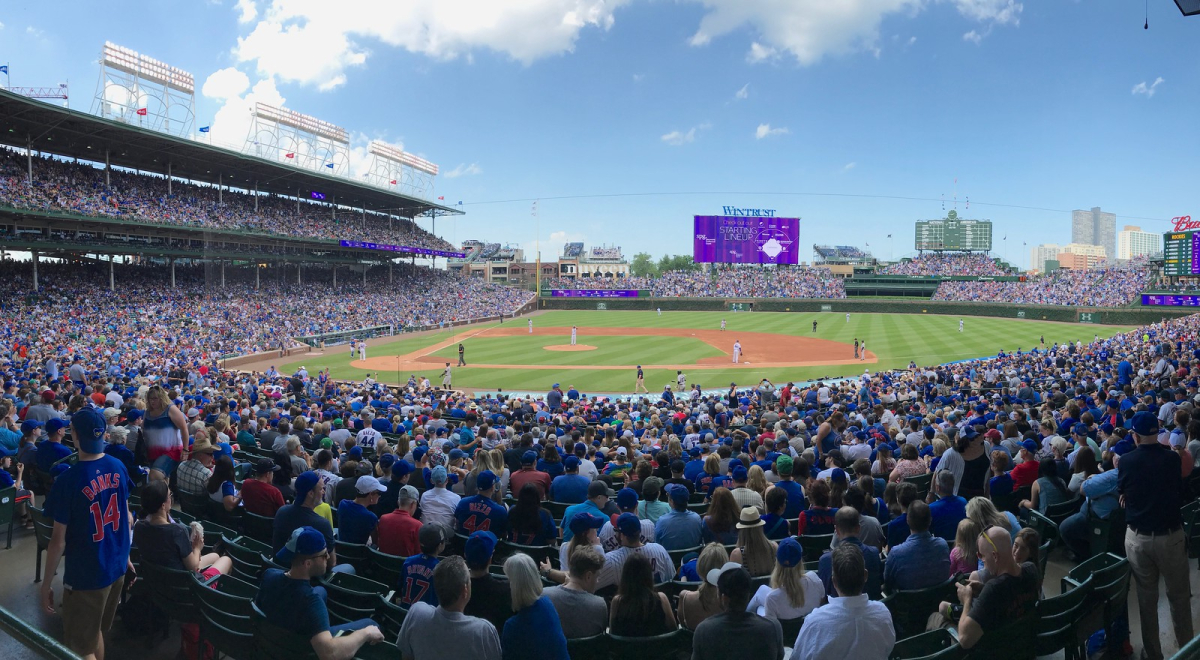Support strong Canadian climate journalism for 2025
This story was originally published by The Guardian and appears here as part of the Climate Desk collaboration.
Steroids once gave many of baseball’s sluggers a power boost. Now research suggests that today’s home run hitters are seeing their shots turbocharged by the climate crisis.
A study by researchers at Dartmouth College in New Hampshire used data from 100,000 Major League Baseball games and 220,000 individually hit balls to show that higher temperatures increase the number of balls hit out of the park.
They found that between 2010 and 2019, global heating led on average to an extra 58 home runs a year. Since 6,776 home runs were hit in the record-setting 2019 season, the effect is modest. But each degree Celsius of future warming is associated with about 95 more home runs a season, they said. If the climate crisis was not mitigated, rising temperatures could be responsible for a 10 per cent increase by the end of the century.
“When you have warmer temperatures, you have lower air density, and when you have lower air density, you have less drag on a flying object, whether that’s a baseball or an aeroplane,” said Justin Mankin, an assistant professor of geography at Dartmouth and senior author of the study published by the Bulletin of the American Meteorological Society. “On a warm day as opposed to a cool day, you should expect more home runs.”
The authors accounted for a number of other influences, including covered stadiums, manufacturing variabilities in bats and balls, the use of performance-enhancing drugs and the effect of modern sports analytics. They found the biggest home run surge was liable to take place at Wrigley Field, home of the Chicago Cubs, because it hosts a large number of daytime games, meaning hotter temperatures than at night.
Though the Texas Rangers’ previous ballpark opened as recently as 1994, the summer heat in the Dallas region proved so uncomfortable that the club moved to a new $1.2-billion climate-controlled stadium with a retractable roof in 2020. Among the league’s 30 stadiums, eight have retractable or fixed roofs.
“More roofs on ballparks are going to be unavoidable. That is frustrating,” said Christopher Callahan, the lead author of the study. “One of the joys of baseball is sitting in the open air, sitting under the blue sky and the breeze.” However, he added: “At a certain point over the course of the next couple of decades it’s going to be unsafe to play baseball games in very high temperatures.”
As well as the effect of heat on players, staff and fans, American stadiums near water, including venues in Florida, California and New York, are vulnerable to risks such as rising sea levels and more intense hurricanes.
The home run study is “a way of highlighting the pernicious and subtle effects that [warming] has on many parts of our lives that go beyond the classic heat wave, hurricane, things like that,” Callahan said. “We hear about those all the time and it can be easy to become somewhat desensitized. I would hope that this drives home the effect of global warming in less severe but perhaps more pervasive ways.”





Comments